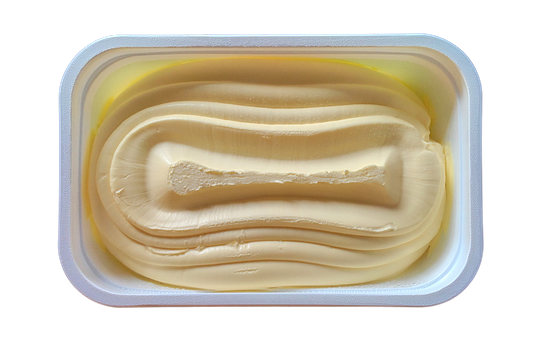Chicken Poussin
This is an excellent Sunday Roast. With four of us in the family, I cooked one each of these small succulent Chicken Poussin spatchcock style cooked with aromatic spices
Preheat the oven to 180C whilst you are preparing the poussins.

To Spatchcock place the Poussin breast size down.
Either using a sturdy scissors or I prefer a sharp knife, cut up along each side of the parson's nose and backbone to remove it, cutting through the rib bones as you go. If using a knife make sure you are not cutting towards you.
Open the chicken out and turn over. Flatten the breastbone with the heel of your hand so that the meat is all one thickness as demonstrated in the picture below.

Roast the cumin, coriander, peppercorns, a small stick of cinnamon (or 1/2 tsp of dried cinnamon)
black poppy seeds in a small frying pan until you smell the aromatic aroma of the spices. Be careful not to overcook the spices otherwise they will burn and they will lose the pungent smell you are trying to achieve.

Grind the spices and then mix in the olive oil and garlic. Rub the mixture onto the skin of each poussin. Place the poussins in a try with the preserved lemons underneath and cook for about 40 to 60 minutes on 180C.
Once they are cooked allow to rest for about 10 minutes and then place on a wooden board and serve with a green or couscous salad.
Ingredients
4 x 500g Poussin
2 tsp cumin
2 tsp coriander
1/2 tsp peppercorns
1 small stick of cinnamon (or 1/2 tsp of dried cinnamon)
6 cloves garlic crushed
1 tsp black poppy seeds
1/4 x2 quarters of preserved lemons
2 tsp ginger
2 tbs olive oil




![By N509FZ (Own work) [CC BY-SA 4.0 (https://creativecommons.org/licenses/by-sa/4.0)], via Wikimedia Commons](https://blogger.googleusercontent.com/img/b/R29vZ2xl/AVvXsEiaZoQmV8j6ec4Dzye8WoEpJN94EZH-feSyJ99867FBCeF_6rEHmXJEWLYQOsD41PWUM3HHYc5H5mrtNDPF30IvMvgM0xQQYRa4naXBP06mYOHJ0QAovepV1YJI4l2nGG9Lj1MRD_Waio8/s1600/Cold_noodles_at_Xinchuan_%252820170622163023%2529.jpg)
















